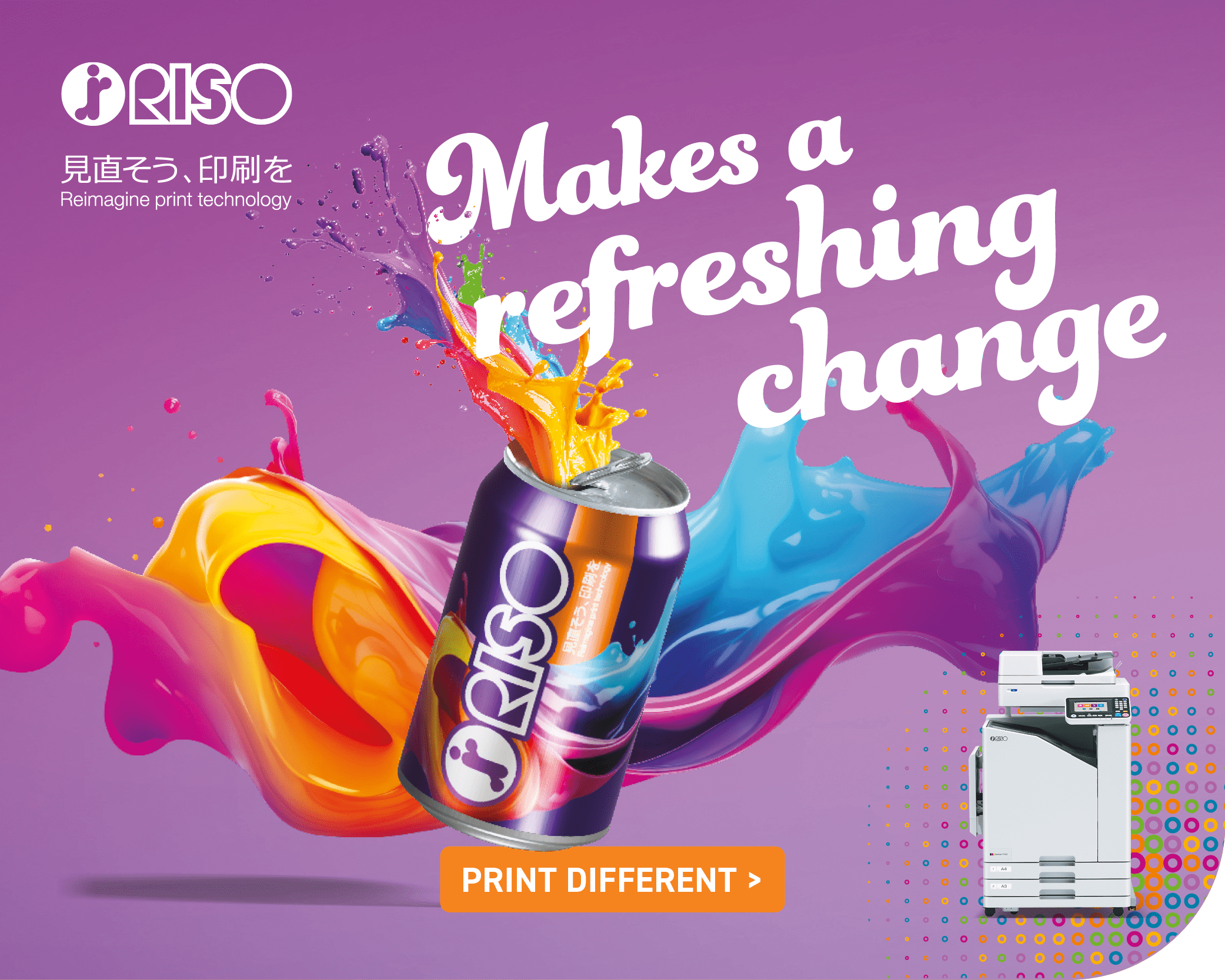Understanding your school waste is a great way to determine what’s being thrown away in your school every day – allowing you to make cost saving decisions and move closer to your sustainability goals
Having information on your waste can help SBLs to define their strategies around waste management and enhance the effectiveness of recycling programs. The first step may seem like an obvious one – looking at where your school produces most of its waste. However, understanding this is about more than just knowing what food the school canteen is throwing away. It involves a comprehensive examination of seasonal waste patterns and periods of heightened waste generation. For example, more waste is likely to occur over Christmas when there are lots of additional activities taking place.
Remember to include all indoor and outdoor areas of the school as well as any spaces that might be overlooked, such as storage areas where old equipment might be left sitting. Waste can be generated from multiple areas such as offices, staff rooms, canteens, and playgrounds. This approach guarantees the effectiveness of your waste plan across the entire school.
Now you have completed an analysis of the types of waste generated, their sources and any seasonal patterns, you can start to implement systems to reduce or eliminate wastage.
Reward good waste management
Communicate your waste management intentions clearly to the whole school. Foster a collective commitment to waste reduction by recognizing and rewarding exemplary waste management practices, regardless of their scale. Make sure each bin has clear labels and communicate what should go where. Student engagement could be improved through activities like competitions to design their own house bin labels or you could reward the house/year collecting the most recycling each month by offering a prize or treat.
Build relationships with local recycling facilities
Collaborate with nearby recycling facilities to gain insights into their accepted materials and the recycling process, providing valuable guidance for the school’s recycling initiatives. You can often find recycling programmes via local businesses, for example, many electrical businesses can advise on WEEE waste disposal or offer to take small items at no charge. Set long-term goals for the school to work towards achieving zero waste, challenging the community to continually improve recycling efforts. Additionally, you could engage with local artists or creatives who may be interested in repurposing waste materials for projects, transforming discarded items into works of art while simultaneously reducing waste.
Go paper-less! Think digital!
How much paper does your school use that could be moved to a digital system? While achieving a completely paperless environment may be ambitious, moving towards a paper-free office can significantly contribute to waste reduction. Numerous apps facilitate document sharing, enabling multiple departments to collaborate seamlessly from a common digital platform. Embracing digital processes not only diminishes paper waste but also enhances efficiency, reducing the likelihood of errors and miscommunication in school operations.
These may only be a few small steps – and you may already be implementing similar strategies in your waste management plan – but as the world becomes more eco-conscious, reassessing and finding ways to reduce waste and encourage recycling can lead to a greener and more sustainable school…a winning combination for SBLs and the planet!




Be the first to comment